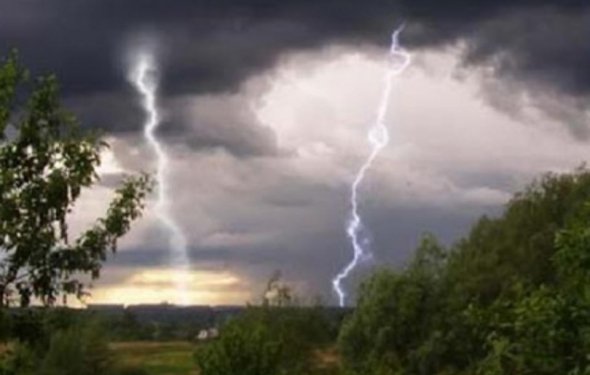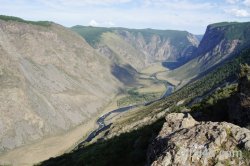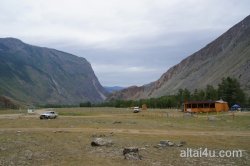Mountain Alta Tourism Is A Strong Wind

 The Chuljman Valley can be accessed from the Katu-Yarak of the Ulajan district of the Republic of Altai. It's the only car launch to the Chulchman Valley.
The Chuljman Valley can be accessed from the Katu-Yarak of the Ulajan district of the Republic of Altai. It's the only car launch to the Chulchman Valley.
Dolijmana is a canyon with a length exceeding 130 km
Prior to 1989, there was no road to the Chulichman Valley; the inhabitants of the outlying villages used a cool cone trail or a waterway through the Telecko lake. In 1987, at the initiative of the Director of the Sovet Altai, the construction of a car launch to the Chuljman Valley began.
This valley lasted a lot of miles, not just miles. The River Chulyman flows into the deep valley with a depth of more than half a kilometre. From the right shore, the rocks start straight from the river, and there are often small waterfalls.
Over the century, there were nomadic tribes going to Western Mongolia. Many Kurgans, various limitations and various Asian peoples are in this valley. The most visible set of Kurgans: " Pazyrak Kurgans " are the graves of ancestral and tribal chiefs (6-8th century to n.e.). There were the hottest disputes and fighting when Alta joined Russia.

In 1864, by the Order of the Holy Sinod Chulyman Valley A man's convent was built. He changed his location many times, moving further away from the Lake. In Soviet times, the monastery was completely destroyed. Now the monastery is in S. Koo, only two nuns live there.
The so-called " stone mushrooms " are also located in the Chuljman Valley. They were dispersed as a result of selective washing of heterogeneous rocks for many years.
Everyone in the Valley is stationed by Weather-Fyeong, creating a special microclimate of the canyon and the Lake Tele. Fyoung is a rare phenomenon, a strong warm wind, spectacular to the enormous pressures of the North and the South ' s anti-cyclones. When they intersect, " fairs " are developed by the valleys that coincide with the direction of air flow from the south to the north.